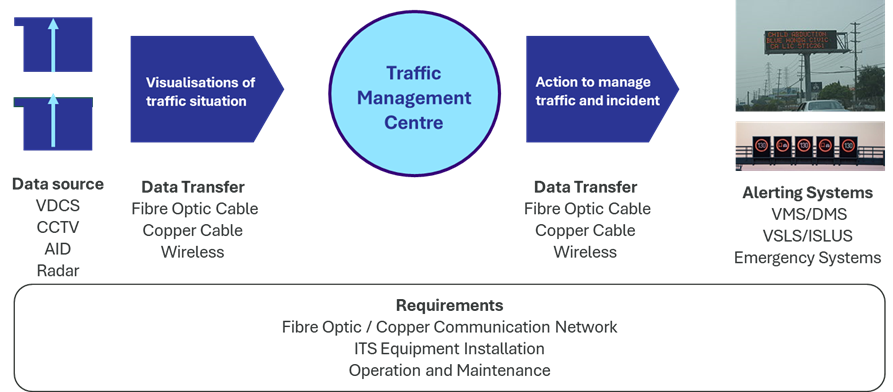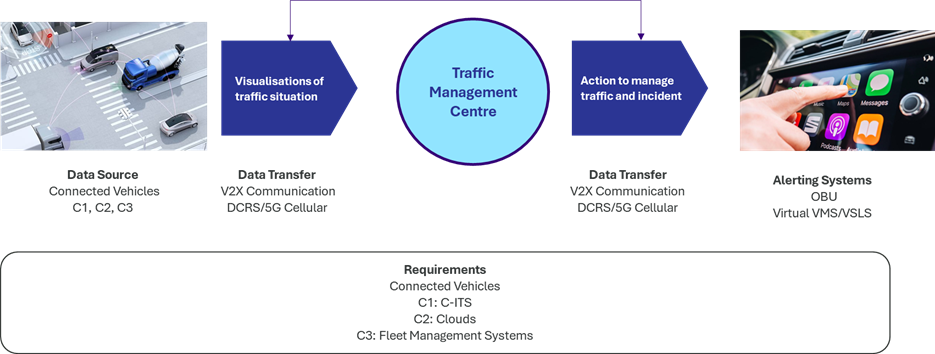Expertise
Smart
Roads
and
Vehicles:
How
Connected
Vehicle-based
ITS
Infrastructure
could
revolutionise
urban
Transport
Planning
and
enhance
Smart
Mobility









